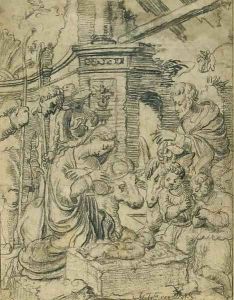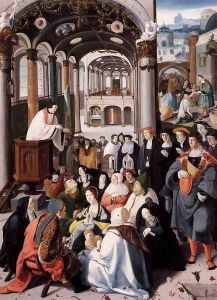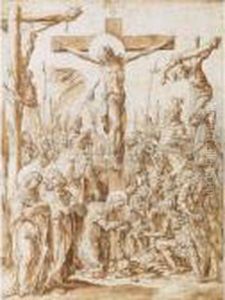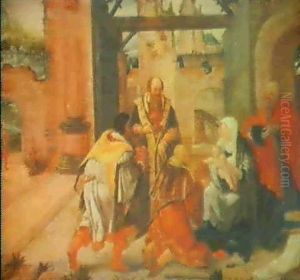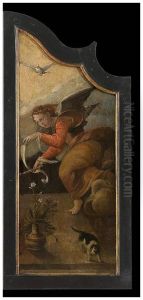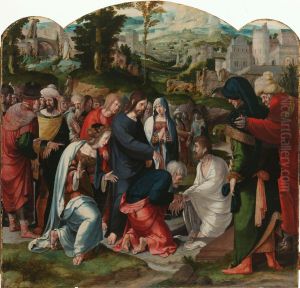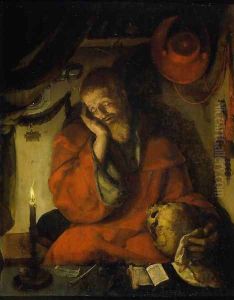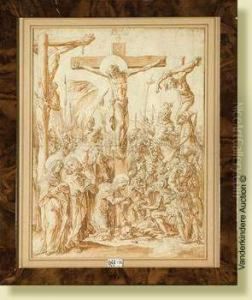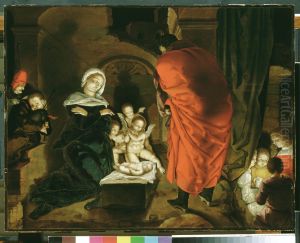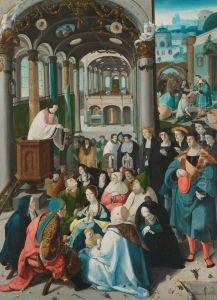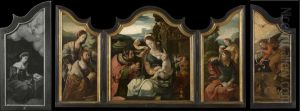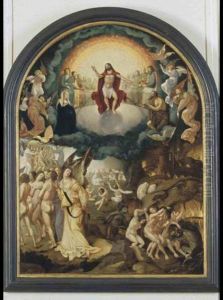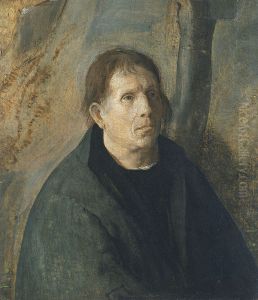Aertgen van Leyden Paintings
Aertgen van Leyden, also known as Aertgen Claesz. van Leyden and Aert van Leyden, was a Dutch painter and draftsman who was active during the Renaissance period. Born in 1498 in Leiden, a city in the Dutch Republic, he was part of the Northern Renaissance movement that was taking place in Europe, characterized by a detailed and realistic approach to art, influenced by the Italian Renaissance but with a distinctively northern European flavor.
Aertgen was not only a painter but also a stained-glass designer. Unfortunately, much of his life and training remains obscure, and only a small number of his works have been attributed to him with certainty. His style is reminiscent of the work of Lucas van Leyden, a more famous contemporary and presumed to be his teacher, although there is no concrete evidence of this relationship. Aertgen's works often dealt with religious themes, which was typical of the era, and he was known for his complex compositions and the use of vibrant colors.
His art reflects the transition from the late Gothic to the Renaissance style. One of his most notable works is the 'Last Judgment,' which showcases his ability to depict figures with emotion and drama, as well as his skillful use of color and light. Despite his talent, Aertgen did not gain the same level of fame as some of his contemporaries and remained a relatively obscure figure in art history.
Aertgen van Leyden died in 1564 in Leiden. His contributions to Dutch Renaissance art are often overshadowed by other giants of the period, yet his work provides valuable insights into the cultural and artistic transitions of his time. Because of the paucity of information about his life and the small body of work attributed to him, Aertgen van Leyden remains a somewhat enigmatic figure, but his surviving paintings continue to be studied and appreciated for their unique qualities and historical significance.
